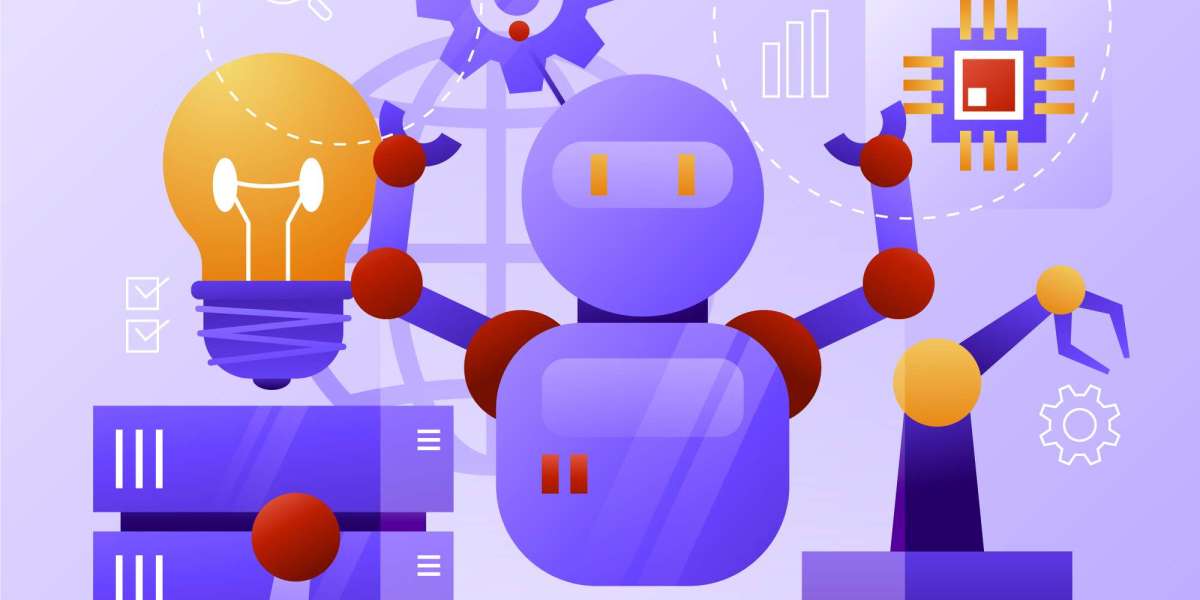In the dynamic realm of technology, the convergence of blockchain and machine learning stands as a promising frontier, addressing critical challenges related to security and trust. As machine learning models become increasingly prevalent across diverse industries, the need for robust security measures has never been more pronounced. This article delves into the symbiotic relationship between blockchain and machine learning, exploring how blockchain technology plays a pivotal role in fortifying the security of machine learning models.
Securing Machine Learning Models:
Machine learning models are at the core of data-driven decision-making processes, influencing everything from predictive analytics to autonomous systems. However, the vulnerability of these models to attacks, tampering, or unauthorised access poses a significant concern. Traditional security measures often fall short in ensuring the integrity and confidentiality of machine learning models.
Blockchain, renowned for its decentralised and immutable ledger, provides an innovative solution to enhance the security of machine learning models. By leveraging the principles of transparency, decentralisation, and cryptographic hashing, blockchain technology introduces a layer of trust that safeguards the integrity of machine learning processes.
Immutable Record Keeping:
Blockchain's inherent characteristic of immutability ensures that once a block is added to the chain, it cannot be altered. Applied to machine learning, this feature becomes pivotal in maintaining the integrity of models. Any attempt to tamper with the model, whether during training or deployment, would be immediately detected as it contradicts the consensus within the blockchain network. This immutability reduces the risk of unauthorized modifications, ensuring the reliability of machine learning predictions and outcomes.
Decentralised Consensus:
The decentralised nature of blockchain, achieved through consensus algorithms like proof-of-work or proof-of-stake, eliminates the reliance on a central authority. In the context of machine learning, this decentralisation mitigates the risk of a single point of failure. Rather than having a central server vulnerable to attacks, the model and its associated data are distributed across the blockchain network. This not only enhances security but also contributes to the resilience and availability of machine learning services.
Smart Contracts for Model Governance:
Smart contracts, self-executing contracts with the terms of the agreement directly written into code, play a crucial role in governing machine learning models on the blockchain. These contracts can automate various aspects of model management, including access control, updates, and execution. Through predefined rules within smart contracts, organisations can establish fine-grained permissions, ensuring that only authorised parties can train or deploy machine learning models. This level of control minimises the risk of malicious activities and enhances the overall security posture.
Data Privacy and Confidentiality:
Blockchain's cryptographic techniques, such as hashing and encryption, contribute to the preservation of data privacy in machine learning applications. By encrypting sensitive data and storing only hashed versions on the blockchain, organisations can protect the confidentiality of their datasets. This is particularly pertinent in industries like healthcare and finance, where privacy regulations demand stringent measures to safeguard sensitive information.
Provenance and Auditing:
Understanding the lineage and evolution of machine learning models is crucial for auditing, compliance, and accountability. Blockchain's transparent and traceable nature allows for the creation of an unforgeable record of the model's provenance. Each transaction, representing model training or deployment, is recorded on the blockchain, enabling auditors and stakeholders to trace the entire lifecycle of the model. This transparency enhances accountability and facilitates compliance with regulatory requirements.
Challenges and Considerations:
While the integration of blockchain and machine learning presents a compelling solution for enhanced security, it is essential to acknowledge the challenges and considerations associated with this synergy.
Scalability:
Blockchain networks, especially those employing consensus mechanisms like proof-of-work, may face scalability challenges. As machine learning development services can be computationally intensive, the scalability of the blockchain network becomes a crucial consideration to ensure efficient and timely processing of transactions.
Cost Implications:
The computational resources required for mining or validating transactions on the blockchain can translate into costs. Organisations need to weigh the benefits of enhanced security against the potential financial implications of deploying and maintaining a blockchain network.
Interoperability:
Achieving seamless interoperability between blockchain and existing machine learning frameworks is an ongoing challenge. Efforts to standardise protocols and interfaces are essential to fostering integration without significant friction.
Conclusion:
The marriage of blockchain and machine learning represents a formidable alliance in the pursuit of securing models and ensuring the trustworthiness of AI-driven decision-making. As industries increasingly rely on machine learning for critical tasks, the integration of blockchain technology offers a robust defence against the evolving landscape of cyber threats.
By immutably recording transactions, decentralising consensus, employing smart contracts, and prioritising data privacy, blockchain reinforces the security foundations of machine learning services. While challenges such as scalability and cost must be navigated, the potential benefits in terms of model integrity, transparency, and accountability make the exploration of blockchain in securing machine learning models a compelling avenue for future innovation. As organisations continue to prioritise the responsible deployment of AI technologies, the synergy between blockchain and machine learning holds the promise of a more secure and trustworthy digital future.



